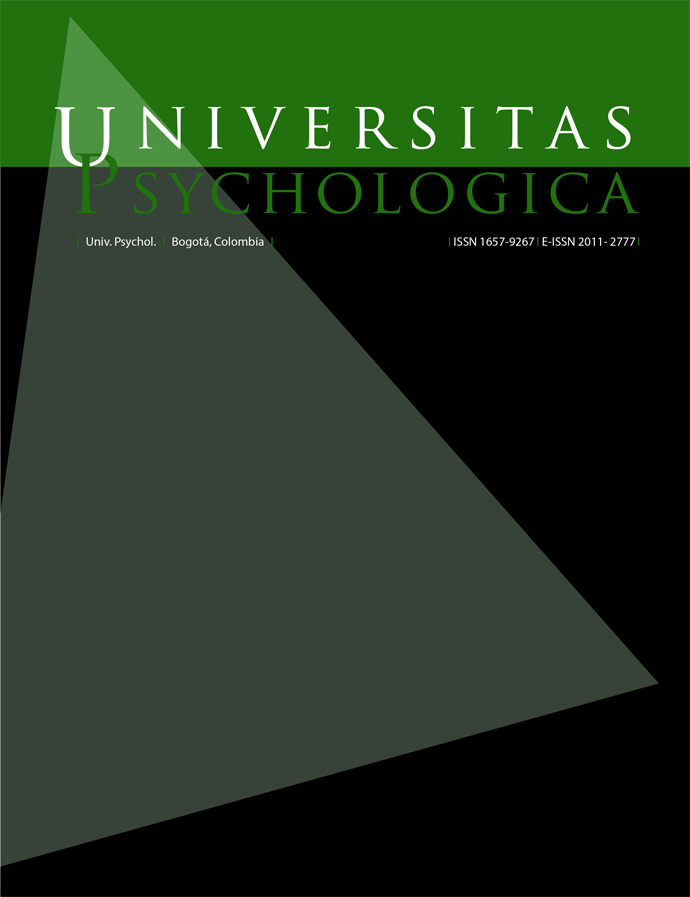Abstract
*Revisión crítica del artículo: Santana-Espitia, A. C., Otálora, Y., & Taborda-Osorio, H. (2022). Aprendizaje del conteo y los números naturales en preescolar: una revisión sistemática de la literatura. Universitas Psychologica, 21, 1-16. https://doi.org/10.11144/Javeriana.upsy21.acnn
Barner, D. (2017). Language, procedures, and the non-perceptual origin of number word meanings. Journal of Child Language, 44(3), 553-590. https://doi.org/10.1017/S0305000917000058
Barth, H., & Shusterman, A. (2021). Numerical cognition needs more and better distinctions, not fewer. The Behavioral and Brain Sciences, 44, e181. https://doi.org/10.1017/S0140525X21001163
Carey, S. (2009). Where our number concepts come from. The Journal of Philosophy, 106(4), 220-254. https://doi.org/10.5840/jphil2009106418
Chu, J., Cheung, P., Schneider, R. M., Sullivan, J., & Barner, D. (2020). Counting to infinity: Does learning the syntax of the count list predict knowledge that numbers are infinite? Cognitive Science, 44(8), 1-30. https://doi.org/10.1111/cogs.12875
Clarke, S., & Beck, J. (2021). The number sense represents (rational) numbers. Behavioral and Brain Sciences, 44, e178. https://doi.org/10.1017/S0140525X21000571
Comrie, B. (2013). Numeral bases. En M. Dryer, & M. Haspelmath (Eds.), The World Atlas of Language Structures Online. Max Planck Institute for Evolutionary Anthropology.
Da Silva-Sinha, V., Sampaio, W., & Sinha, C. (2017). The many ways to count the world : Counting terms in indigenous languages and cultures of Rondônia, Brazil. Brief Encounters, 1(1), 1-19. https://briefencounters-journal.co.uk/article/id/177/
Guerrero, D., Hwang, J., Boutin, B., Roeper, T., & Park, J. (2020). Is thirty-two three tens and two ones? The embedded structure of cardinal numbers. Cognition, 203, 104331. https://doi.org/10.1016/j.cognition.2020.104331
Hiraiwa, K. (2017). The faculty of language integrates the two core systems of number. Frontiers in Psychology, 8, 1-6. https://doi.org/10.3389/fpsyg.2017.00351
Leslie, A. M., Gelman, R., & Gallistel, C. R. (2008). The generative basis of natural number concepts. Trends in Cognitive Sciences, 12(6), 213-218. https://doi.org/10.1016/j.tics.2008.03.004
Luuk, E., & Luuk, H. (2011). The redundancy of recursion and infinity for natural language. Cognitive Processing, 12(1), 1-11. https://doi.org/10.1007/s10339-010-0368-6
Pica, P., & Lecomte, A. (2008). Theoretical implications of the study of numbers and numerals in Mundurucu. Philosophical Psychology, 21(4), 507-522. https://doi.org/10.1080/09515080802285461
Schneider, R. M., Pankonin, A., Schachner, A., & Barner, D. (2021). Starting small: Exploring the origins of successor function knowledge. Developmental Science, n/a(n/a), e13091. https://doi.org/https://doi.org/10.1111/desc.13091
Schneider, R. M., Sullivan, J., Marušič, F., Žaucer, R., Biswas, P., Mišmaš, P., Plesničar, V., & Barner, D. (2020). Do children use language structure to discover the recursive rules of counting? Cognitive Psychology, 117, 101263. https://doi.org/10.1016/j.cogpsych.2019.101263

This work is licensed under a Creative Commons Attribution 4.0 International License.
Copyright (c) 2025 Diego Fernando Guerrero López



